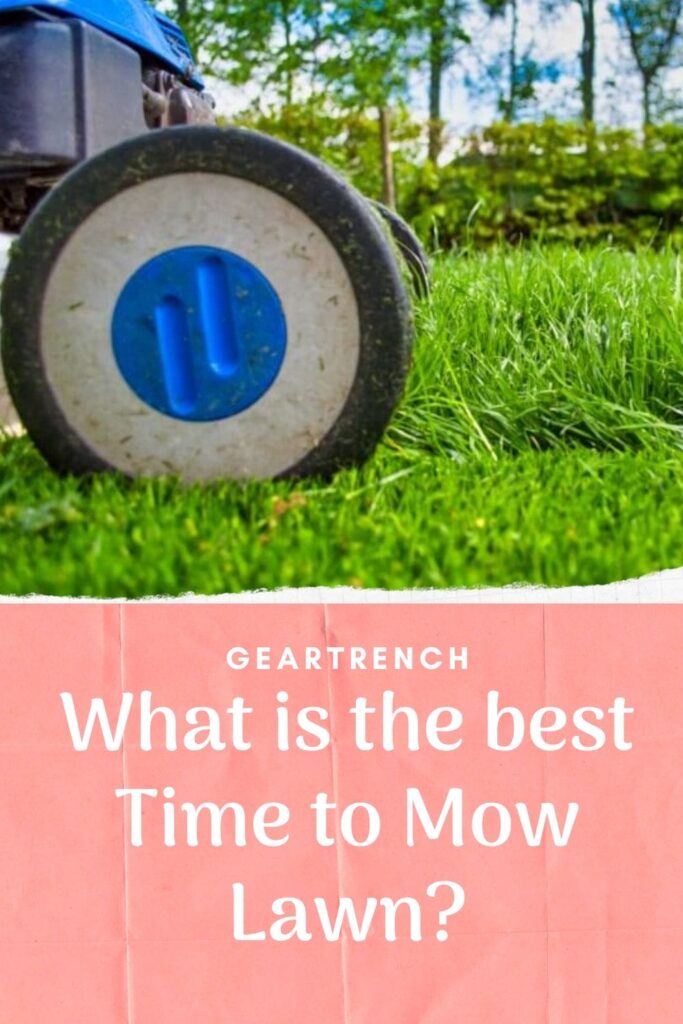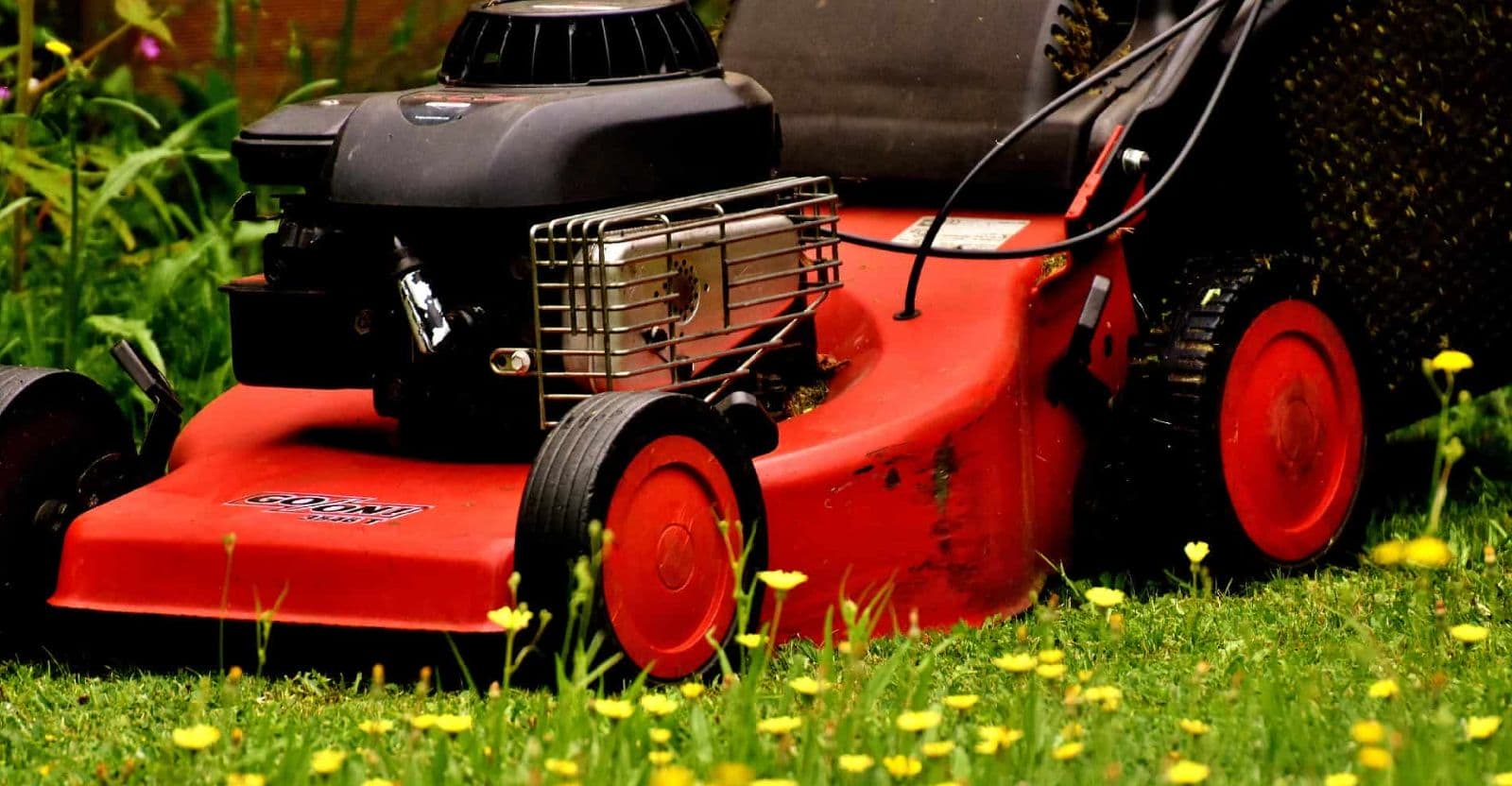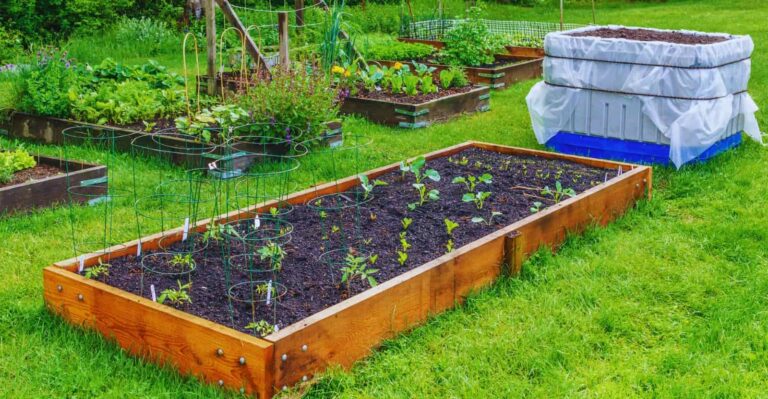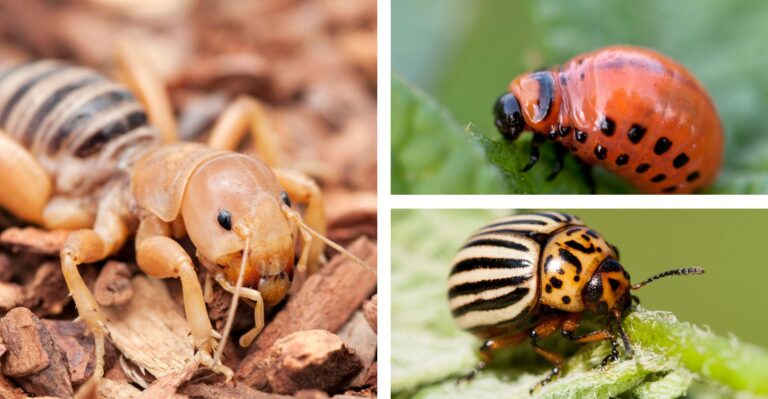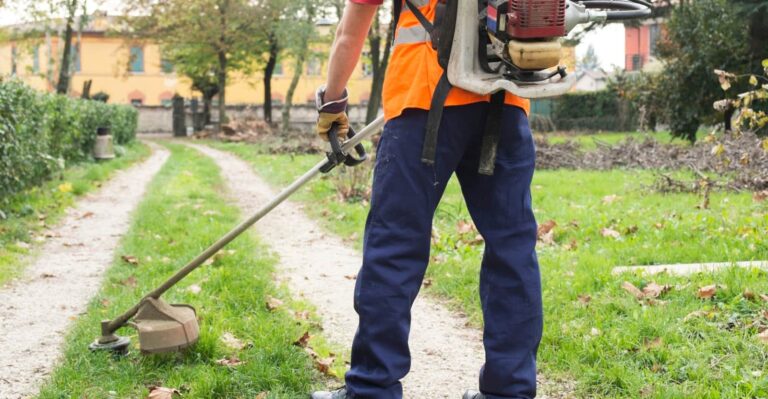Amazon has put together some great Home Gift Deals – save money and get your shopping done at the comfort of your home! Click here to see deals on Amazon
For any good-looking lawn, you need to maintain nicely trimmed healthy grass. You may think that whenever you’re ready is the best time to mow, but that’s not the case.
As you’re aware of the water and fertilization time of your lawn care, you should also know the appropriate time for mowing the lawn.
There are several aspects to cutting the grass, and what time you mow your lawn is one of them. To improve the odds of getting a healthy and beautiful meadow, I thought to investigate it further.
Here is what I found out in my research.
What is the best time to mow lawn in a day?
The best time to mow a lawn is early morning between 8 a.m. to 10 a.m. At this time, the day temperature starts rising, and the grass moisture dries off. The sunlight makes the grass active, and the roots hold the ground more strongly.
The soil also gets dry that preventing the likelihood of the mower ripping whole grass from the ground. Mowing at this time in the day gives the plant more chance to heal and recover from the cut.
Tall standing grass is suitable for regular trimming. You shouldn’t mow lawn between 10 a.m. and 2 p.m. During this time, the temperature starts rising and causes stress to the grass.
The second-best time mowing a lawn is between 4 p.m. and 6 p.m. During this time, the temperature starts to cool down, and it gives grass some time to recover from the mowing before the sun sets in.
Don’t mow your lawn after 6 p.m. as late mowing results in less time for the plant to heal before it becomes dark. It makes the grass susceptible to molds and fungus spores that could damage the grass.
Here is the mowing summary for lawn care:
| Time | Mowing Allowed |
|---|---|
| 6:00 a.m. to 8:00 a.m. | No |
| 8:00 a.m. to 10:00 a.m. | Yes |
| 10:00 a.m. to 2:00 p.m. | No |
| 2:00 p.m. to 4:00 p.m. | Maybe |
| 4:00 p.m. to 6:00 p.m. | Yes |
| After 6:00 p.m. | No |
What is the best time to mow a lawn in winter?
Depending on the grass type, the warm season grass such as Bahia grass, Bermuda grass, centipede grass, and zoysia, go dormant during the winter after the temperature hits below 55 degrees Fahrenheit (12 degrees Celsius).
At this time, the grass turns brown, and the growth stops. You don’t need to mow during this time.
However, if you have cool-season grass such as Ryegrass, it can withstand temperatures up to 45 degrees Fahrenheit.
It goes dormant when the temperature drops below 45 degrees Fahrenheit (7 degrees Celsius). The cool-season grass remains green throughout the winter in the South.
In winter, you often don’t have to mow or may need to mow it once a month. To prevent damage to the grass, you should mow the garden when the temperature is moderate.
It happens during the afternoon in the winter. Don’t mow if the temperature is shallow as it risks exposing grass to weather shock.
What is the best temperature to mow the grass?
The best temperature to mow the grass is when it’s above 50 degrees Fahrenheit (10 degrees Celsius) during the day. At this temperature, the grass has a faster growth rate and quickly heals the chopped area. It prevents any damage to the lawn incurred due to rough cuts.
As the temperature starts falling below 50 degrees up to 40 degrees Fahrenheit, you should reduce the mowing frequency as the growth becomes slow, and you don’t need to trim it frequently.
Read More: 7 Lawn Mower Brands to Avoid: Which Should You Buy Instead
What is the best time to mow the lawn for allergies?
People with allergies get their symptoms to reach a peak level during the late summer to fall. The allergies could be due to dust and pollen and cause sneezing, stuffy nose, watery eyes, irritated nose, and sore throat. All this makes yard work difficult.
The best time for mowing lawns for people with allergies is during the early evening between 3 p.m. and 6 p.m. At this time of the day, the ragweed pollen level drops substantially.
The important thing is to be aware of what triggers allergies and check the pollen levels in your area before you start yard care. During dry and windy days, the allergens travel a far distance, and during rainstorms, the mold is at the highest level.
You should wear protective clothing when working in your yard as it reduces exposure to pollen and other allergens. Wearing full-body cloth, hats, and a full-sleeve shirt protects you from exposure so you can mow the lawn when needed.
How early can you cut grass?
The best time to cut grass is early morning when the grass is dry, and there is low moisture from morning dew or rain. You shouldn’t mow a wet lawn. It may cause the grass to get infected and spread the disease to other neighboring grass.
Secondly, wet grass is also difficult to cut. You should also not cut grass during the dry spell period of drought. As at this time, the mowing stresses the turf.
You can start cutting the grass when it has reached an average height. For cool-season grass, such as fescues and Kentucky grass, it grows between 1 a.m. 4 inches high. You can start cutting it as soon as it reaches that range.
The warm-season grass, such as St. Augustine, Bermuda, and Zoysia, grow longer and peak during summer. You can start cutting as soon as the grass starts looking unkempt and messy.
Here is the monthly timeline of mowing grass:
January—February: No mowing required. At most places, this is winter, and grass remains dormant during this season. If you get snow in your area, then the ground will be covered with snow, and nothing should be done to your grass during this time.
March: In March, spring starts, the snow melts, and the rising temperature starts turning brown grass to green. Do a once or twice high cut trimming in the month. Don’t overdo mowing as the grass needs time to strengthen its root more buried in the ground.
April to May: As the temperature starts rising, the grass begins growing at a faster pace. Mow it weekly or once every ten days.
June to August: The peak of the summer starts. Mow once or twice a week. If it’s dry and the grass grows too long, you can mow it three times a week. You can set the mowing height to be the one-third length of the grass blades. If it rains, wait for the ground to dry off before you mow.
September to October: The autumn begins; you may need to lower your mowing schedule to once a week. You can also increase the mowing height as the growth has started slowing.
November to December: You may have to mow once or twice in the whole month. The grass starts going dormant, and the growth rate stalls during the winter.
Don’t mow if the grass has frost or the ground is freezing. Wait 24 hours for the temperature to rise before you start doing the final winter mowing schedule.
What is the ideal grass mowing height?
You should always know the grass variety and its average height in your yard. When you’re ready to mow, never cut the grass more than one-third the length of grass in a single cutting.
Find out the suitable grass height in your yard and grow it one third above that height before you start mowing.
If you have freshly laid sod in your yard, wait for 2 to 3 weeks before you start mowing. It allows the sod roots to grow longer and held it firmly into the ground.
You can know if the sod is ready to mow by walking on it. A firm sod indicates it’s prepared for mowing. You can gently pull a couple of grass with its roots and check the root condition.
Be careful when mowing the first time on sod. Don’t set the mowing height too low as it can pull up sod and can damage the area in your yard.
Following is a list of grass heights that you should maintain before you start mowing:
| Type | Mowing Height |
|---|---|
| Bahia | 2 to 2.5 inches |
| Bermuda | 1.5 to 2 inches |
| Bluegrass | 2 to 2.5 inches |
| Centipede | 1.5 to 2 inches |
| Fescue | 2 to 3 inches |
| Perennial Ryegrass | 2 to 3 inches |
| Zoysia | 1 to 2 inches |
How often should you mow the lawn
Most grass needs mowing once a week. If you have fast-growing grass, you can increase the mowing frequency two times a week. The mowing frequency depends on the grass growth rate. And you shouldn’t cut it more than one-third of its length.
Generally, you should mow the lawn as frequently as needed. Let the length of grass be the guiding factor rather than the mowing schedule. You can start mowing by early spring before the lawn turns green and starts growing.
Mowing it once earlier in spring (March-April) removes any old dead turfs and signals the grass’s growth.
When does grass stop growing?
Most grass stops growing when the temperature hits below 50 to 40 degrees Fahrenheit.
At many places, that usually coincides in the fall that is later October to early November. If you live in hot areas as in the South, then grass may stop growing by early December.
The grass turns brown during winter and goes dormant. You don’t need to mow during this time.
What is the best time to mow the lawn before or after rain?
It’s better that you mow the lawn before it rains. Dry grass makes it easy to cut and lowers the chance of spreading the disease.
You shouldn’t mow when the grass is exceptionally wet as it tends to sag, making it harder for the mower to pull it up and cut. Mowing after rain also makes the ground more saturated with water.
It increases the risk of the mower sliding and gives you an uneven cut. If you must mow the moderately wet grass, you can adjust the cutting height to increase it slightly higher than the average mowing height.
You can also lower the mower cutting speed to prevent any damage from uprooting the grass. Lower blade speed also reduces the grass clipping to get stuck under the mower or form up clumps at discharge.
What is proper lawn mowing etiquette?
Good lawn mowing etiquette helps you maintain beautiful, healthy-looking grass on your lawn. Here are some proper mowing practices:
- Keep the lawn mower blade sharp. The dull mowing blade may cause damage to the grass and increases the risk of infection.
- Maintain the right mowing height to encourage the growth and maintain the beautiful appearance of your yard.
- When mowing in spring, set the mower height to about 1 to 1.5 inches to remove scorched and dormant grass foliage.
- Increase the mowing height to 2.3 inches to 3 inches during the summer. Short mowing in hot weather increases the heat stress in the grass, causing excessive respiration and the use of nutrient reserves.
- Lower the lawn mower cutting height to 1.5 to 2 inches in the fall as it helps airflow and encourages the development of shoots.
- A lawn mower is a noisy gardening tool. You should be considerate about your neighbours and choose a time that doesn’t disturb them. You should also check the bylaw that may have timing allowed for residents to mow their yard.
- If you’re not bagging the grass clipping, you should discharge it toward areas that you have already cut.
- Mow grass in shaded areas higher as grassroots has to compete with tree roots for nutrients and water.
- Wear proper safety gear, such as clothing, footwear, eyeglass, and ear protection.
- Remove any large rocks or stones before you start mowing.
